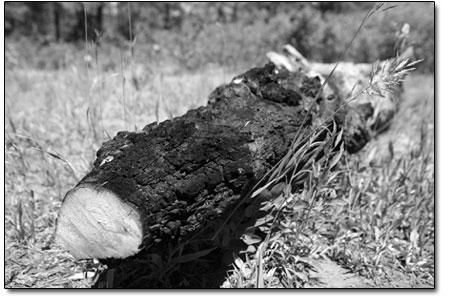|
| ||
| A fiery forecast SideStory: Snow scientists converge on Silverton
by Missy Votel
Although no official fire restrictions have been put in place by the San Juan Public Lands Center, that possibility is not far off, a Forest Service spokeswoman said. “Even though we had a really big winter, we lost it all really, really fast,” said Ann Bond, Public Affairs Specialist. San Juan Mountains Snotel sites, which are monitored by the National Resources Conservation Service, were reporting snow-water equivalents of 7 percent of average on Tuesday. Many of the sites were reporting no snow at all. Numerous wildfires are already being fought to the south and west of Durango, including the 5,000-acre Medano Fire, near Sand Dunes National Park; the 14,000-acre South Fork fire near Santa Fe; and the 10,000-acre Schultz fire near Flagstaff. The latter two are credited with abruptly clouding Durango skies Sunday evening, lending an eerie but familiar orange glow. “We had a lot of calls from people wondering where the fire was,” said Bond. Meanwhile, the Red Creek Fire, the area’s first wildfire of the season, broke out last Thursday and was fully contained as of Sunday. “A fire line has been dug around the perimeter of the fire,” said Bond. The Red Creek Fire burned 58 remote acres of deadfall from 2002’s Missionary Ridge Fire. It was likely caused by lightning that smoldered until high winds spread the embers. Bond said newer, green growth helped stymie the fire’s spread. “It spread through the dead trees, but it is not moving nearly as much through the green growth,” she said. But if current conditions persist, that green growth may not last. Bond said theForest Service tests the moisture content of live and dead fuels on a weekly basis on order to gauge fire risk. She said although the live growth has adequate moisture, the dead fuels are extremely dry because of an extensive period of low relative humidity and no precipitation. And if summer monsoons don’t hit soon, the live fuels may dry out, too. “Things are still green here,” said Bond. “In New Mexico and Arizona, live fuels are extremely low in moisture. We’re about two to three weeks behind them in terms of being in emergency status.” Adding insult to injury is the fact that the snow may be gone, but all that early-season moisture made for prime grass and vegetation-growing conditions. “The problem is when all that tall grass and oak dries out. They carry the fires.” Unfortunately, the monsoons don’t always arrive on time – if at all. According to the National Oceanic and Atmospheric Administration’s (NOAA) latest calculations, there are conflicting signals regarding the strength of the Southwest monsoon. While two climactic models favor below median precipitation, another points to a stronger-than-average monsoon, leading to an “equal chances” forecast. As for temperatures, the 30-day outlook for July, released last week, calls for above normal temperatures throughout the Southwest. However, as Bond noted, thunderstorms can be a double-edged sword. “Of course, if they bring rain, they can be good. If all they bring is wind and lightning, they can be bad.” For this reason, exposed ridgelines as well as low-elevation, low-moisture areas are at greater risk. Of course, perhaps the greatest risks are those posed by humans. Bond said as of now there has been no talk of fire restrictions on public lands for the Fourth of July weekend, but she urged extreme vigilance and caution. Just a few weeks ago, a careless campfire led to a small fire at the Junction Creek Campground. “People need to make sure to completely put fires out, and make sure the fire isn’t smoldering and is cool to the touch before leaving,” she said. “And definitely don’t dump anything hot, including ashes.” In closing, she said although the conditions are dry, they won’t necessarily become dire. “If everyone’s careful and thunderstorms bring moisture instead of hammering us with lightning, we might make it.” •
|



 A seemingly remote possibility this winter, the summer wildfire season in Southwest Colorado is beginning to heat up. Despite near-record snowfall only a few months ago, the climactic winds have shifted, bringing clear skies, low humidity and gusty conditions. In other words, bluebird skies have given way to red flag warnings.
A seemingly remote possibility this winter, the summer wildfire season in Southwest Colorado is beginning to heat up. Despite near-record snowfall only a few months ago, the climactic winds have shifted, bringing clear skies, low humidity and gusty conditions. In other words, bluebird skies have given way to red flag warnings.